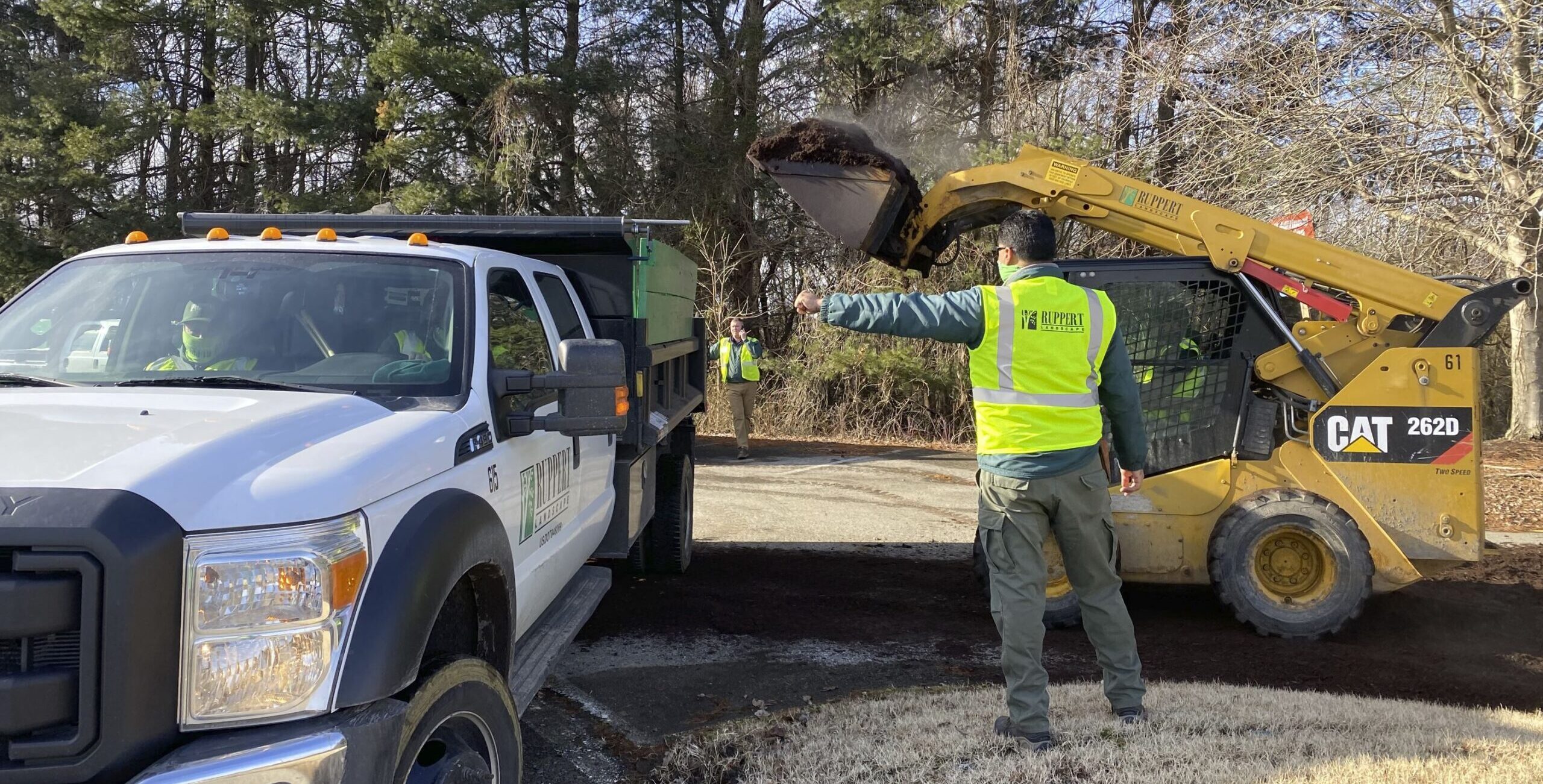
 By John Tagliaferri, Regional Safety Manager
By John Tagliaferri, Regional Safety Manager
It’s imperative to recognize that safety is not just a priority, but a fundamental value we uphold in our daily operations. Each of us steps onto the job site with the expectation of completing our tasks efficiently and returning home safely. Yet, statistics remind us that millions of individuals encounter workplace injuries annually. In my new role as Regional Safety Manager, I’m dedicated to preventing any of us from adding to these concerning statistics. I’m eager for the chance to work closely with our branch teams to prioritize your safety. Throughout my career, I’ve learned how important it is to pace yourself. Striking the right balance between speed and caution is crucial. When we rush due to deadlines or attempt to compensate for lost time, we inadvertently increase the likelihood of accidents. It’s tempting to take shortcuts, especially when facing pressures like hitting our job hours or meeting project deadlines. However, it’s often these shortcuts that lead to unfortunate incidents.
Here are a few quick examples of common shortcuts and their associated risks:
- Using a line trimmer to grind weeds in parking lots instead of spraying and pulling them, which can kick up gravel and break a nearby window.
- Instead of taking an extra step or moving closer to the task, people often reach or overextend themselves, which can easily cause pinch and crush, strain and sprain, or slip and fall injuries.
- Not waiting for help to lift a heavy object, resulting in personal injury.
- Going too fast on a machine, resulting in hitting vehicles or other objects and potential injuries.
- Not waiting for a spotter before backing up a trailer, risking injury and damage to those behind you.
- Drivers rushing to the job site, rolling through stop signs, or not leaving enough following distance, resulting in easily preventable collisions.
One seemingly insignificant shortcut can have serious consequences. These include serious injury and long-term pain, costly medical bills, and the loss of income from being out of work. Keeping a steady, well-thought-out pace will help you to safely accomplish your goal.
This underscores the importance of methodically organizing our time and tasks. We often discuss the concept of “A” time, the period prior to beginning work when we should meticulously plan how to execute our tasks safely and effectively. In our construction sector, this planning often involves conducting a Job Hazard Analysis (JHA). The JHA forces us to stop and think about what hazards we may encounter when performing the task. The JHA also gives us an opportunity to think about how we can avoid the hazard and possibly do the task differently. Similarly, in maintenance, it entails ensuring we have the appropriate Personal Protective Equipment (PPE) and selecting the right tools while considering weather conditions.
Proactively identifying potential hazards and devising strategies to mitigate risks are fundamental components of our planning process. While our existing protocols likely prompt us to pose the right questions and plan ahead, our biggest challenge arises when we’re pressed for time or distracted by other responsibilities, which results in us deviating from the plan. It’s imperative that we don’t merely pay lip service to these principles; instead, we should actively integrate them into our daily routines. Let’s not only discuss it but also consistently apply it in our work practices. As the adage goes, “Plan your work, then work your plan.”
Remember, safety is not just a goal it’s a journey we embark on every day. By maintaining a steady, well-thought-out pace and adhering to our safety protocols, we can ensure that each of us achieves our objectives without compromising our well-being. Together, let’s prioritize safety as we work towards our shared success.